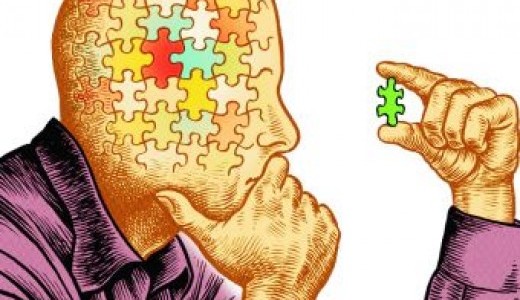So far in this series on energy blocks, I have posted about limiting beliefs, assumptions, and interpretations. Each of these blocks can be very powerful and they will persist until our awareness uncovers these hindrances and reminds us that we have choices. The “inner critic” or “Gremlin” is the granddaddy of all the energy blocks because of its intensely personal power and usually originates from a period in our early development.
The good news is that, like the other energy blocks, the antidote to your Gremlin is self-awareness.
Sounds easy, right? Let us take a closer look at this tricky character that seeks to protect you from pain and humiliation. The Gremlin is that voice that tells you to play small to avoid failure, the one that informs you that you are not good enough, experienced enough or smart enough to try or do something. Whenever your internal dialogue is focused on your limitations rather than your potential, that is your Gremlin talking. A long time ago, your Gremlin came into being out of your personal experience. We all want to feel like we are in control and protected from bad feelings, so when we experience fear for example, the Gremlin seeks to protect us from that which we fear. The Gremlin tells us to be careful—the world is a dangerous place. In the guise of keeping you safe and protected, the Gremlin seeks to control your fear, because fear is bad. Since it is a cultural norm to believe that criticism or guilt-induced comments will motivate behavior, we wind up internalizing these thoughts and allowing them to become entrenched. The Gremlin is tricky because it actually has good intentions; it is seeking to protect us from shame, judgment or humiliation, but instead it triggers in us a determination to avoid those things. Avoidance is not the motivation to change, but rather it is a short-term anxiety reducer (emphasis on short). Avoidance strategies can get pretty elaborate and are often destructive, encompassing everything from simple procrastination, workaholism, and excessive checking of your smartphone to full-blown substance addiction.
It is completely within your power to free yourself from the Gremlin’s influence.
The Gremlin’s internal dialogue usually falls into one of two categories: shame-based self-perception and a self-perception of weakness. Shame-based messages result in feelings of inferiority, inadequacy, incompetency, or deserving punishment. Weak self-perception is based on fear and anxiety and may result in feelings of dependence on others, submissiveness, vulnerability, fear in expressing emotions without something bad happening, mistrust, isolation or abandonment. Catch yourself the next time you are feeling anxious or fearful (or distracted or numb or ashamed), and take a moment to examine your authentic feelings about the situation. Since your Gremlin wants you to feel in control, dig deep and ask yourself, “What is really going on? What am I really afraid of?” Allow yourself to touch on your most vulnerable feelings about the situation. Remember, the Gremlin wants to protect you from the shame of failure. Now, try shifting to the second person and listen to what your Gremlin is saying. It might say that you are lazy, you are a fraud (oh wait, that is my Gremlin!); your Gremlin could say you are not strong enough or smart enough; maybe it says you are worthless. What do you say to the voice that says you are worthless? Do you really need all that protection? You can probably handle it without all the negative internal dialogue and its toxic side effect, low self-esteem.
Make friends with your Gremlin.
The notion of making friends with something so toxic might seem counter intuitive but it is very effective. Start by expressing empathy for your Gremlin’s fear or out-of-control feelings. Tell your Gremlin, “I understand that you are afraid of being rejected, and I know you are trying to protect me from those bad feelings. Your critical voice is not helping; please do not talk to me that way. You are preventing me from getting what I want, which is to feel connected to others. I will be okay and I can cope with whatever happens if I take this risk. I do not have to deprive myself out of fear.”
I know some coaches who invite their clients to personify their Gremlin, to create a physical token that represents the Gremlin and name it. This may sound hokey but by casting a spotlight on the Gremlin and extending some compassion, you are actually increasing your conscious awareness and practicing self-compassion. After all, the Gremlin is part of you and wants the best for you. Just tell it, “No worries. I appreciate your concern, but I got this.”

